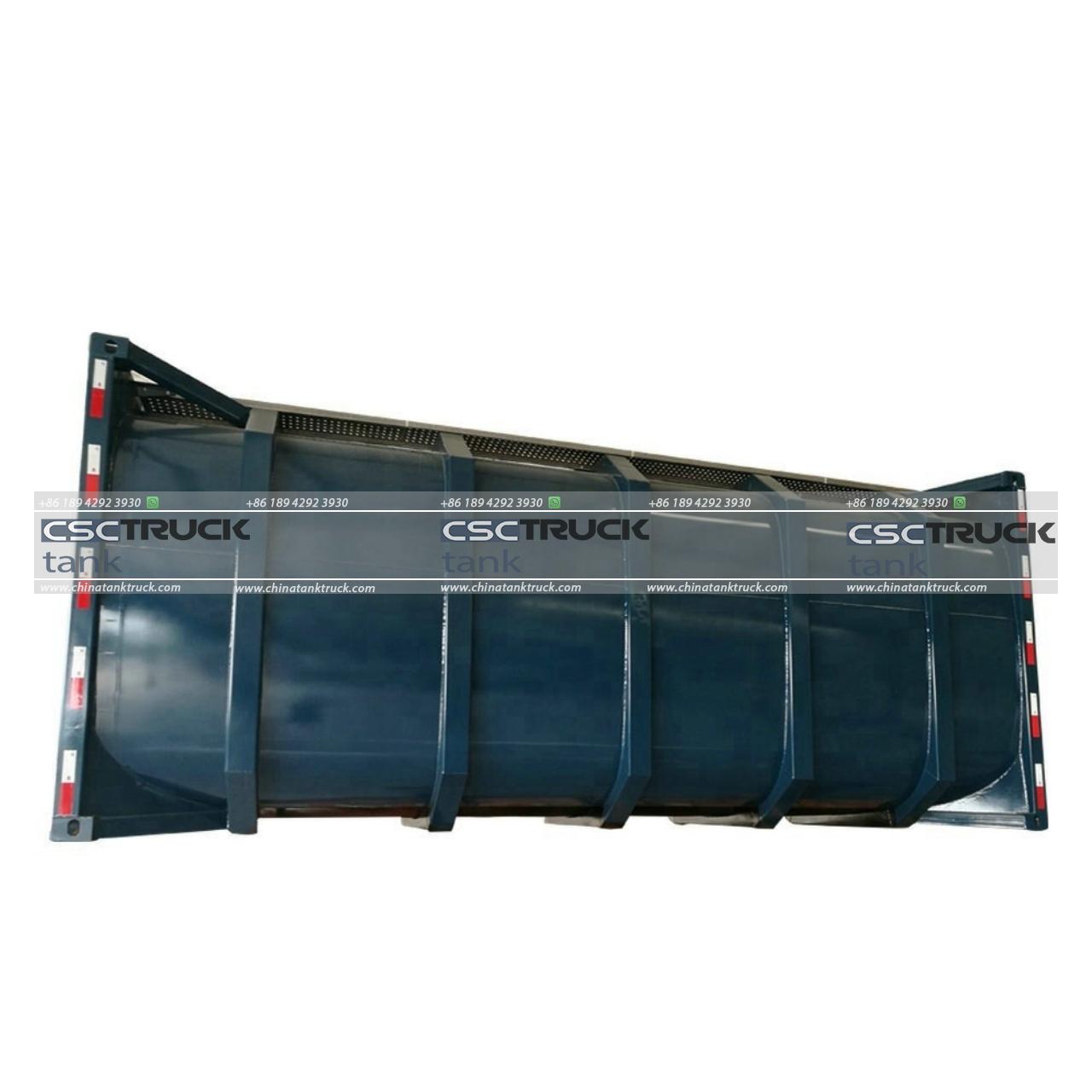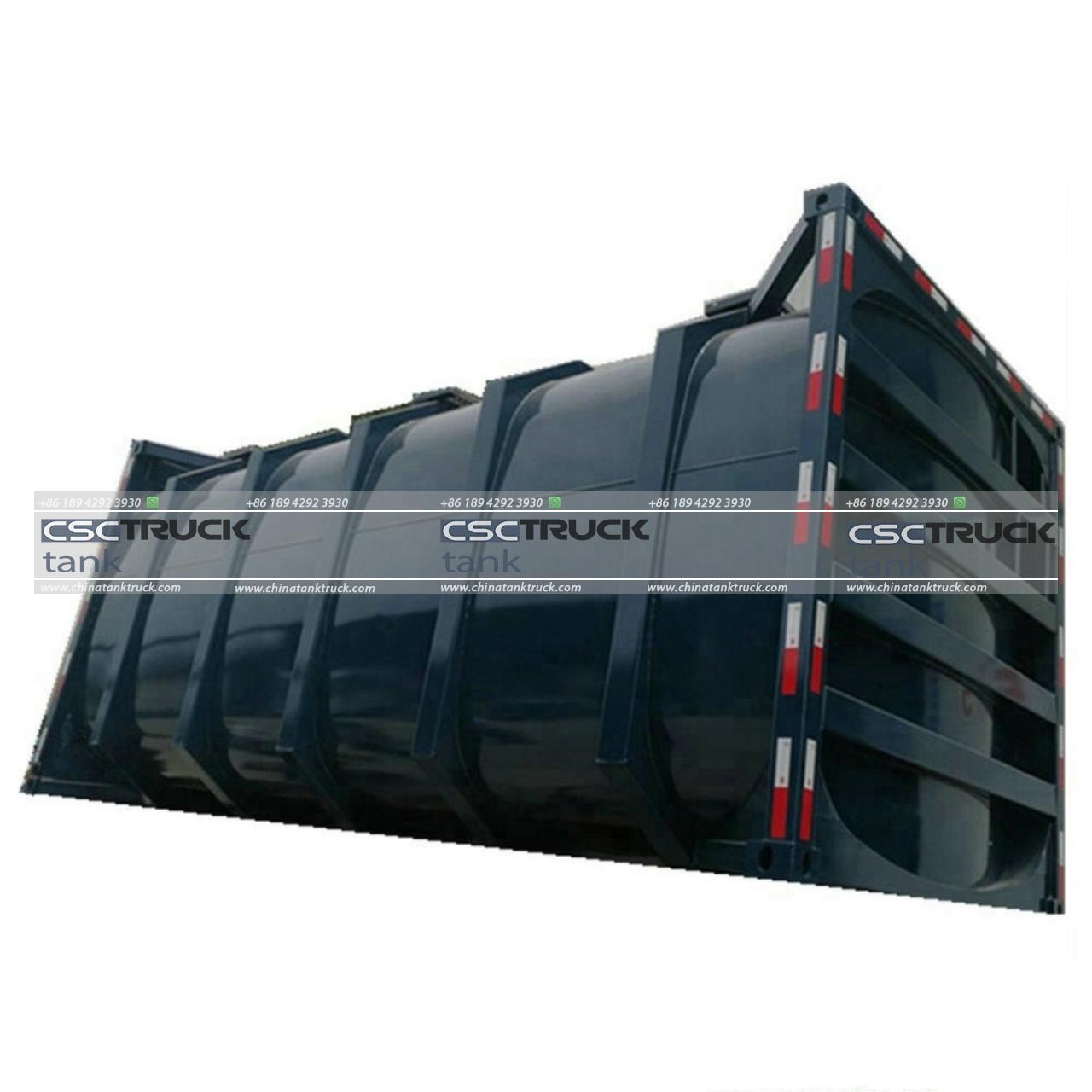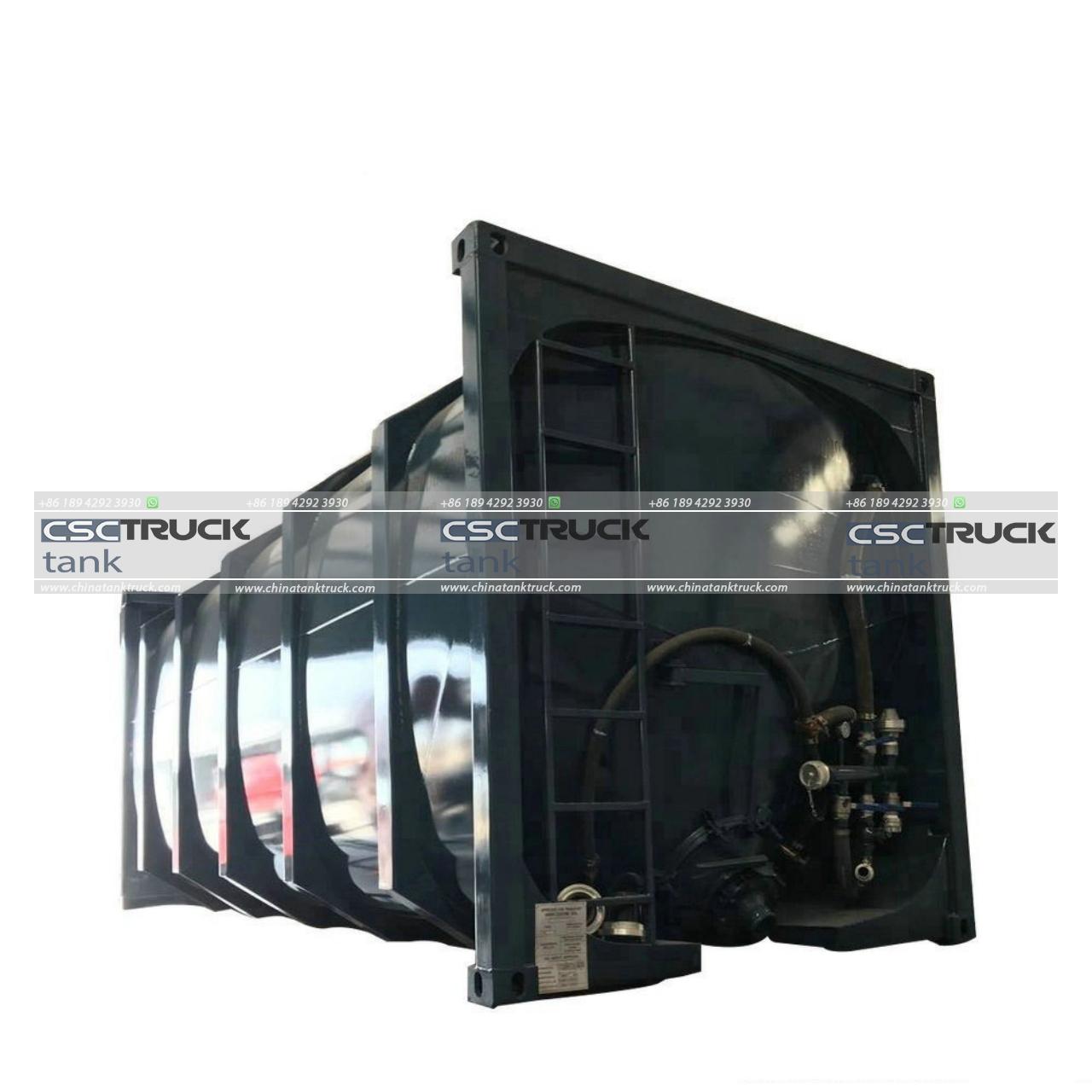How Much Does an ISO Tank Cost?
ISO tanks, also known as intermodal tanks, play a critical role in global logistics, particularly for transporting liquids. Whether it’s chemicals, food products, or pharmaceuticals, these tanks ensure that goods are safely and efficiently transported. However, understanding the cost of an ISO tank can be complex, given the factors influencing its price. In this article, we’ll explore the various aspects of ISO tank pricing, from initial purchase costs to operational and maintenance expenses.
Understanding ISO Tanks
Before diving into costs, it’s essential to understand what an ISO tank is. ISO tanks are cylindrical containers made from stainless steel, encased in an outer frame that conforms to International Organization for Standardization (ISO) standards. This standardization allows them to be easily transferred between different modes of transport, such as ships, trains, and trucks. The tanks are designed to handle a variety of liquids, including hazardous materials, and come in different sizes and configurations.

Factors Affecting ISO Tank Cost
1. Type and Size of Tank
The cost of an ISO tank varies significantly based on its type and size. Standard tanks are typically 20 feet long, with capacities ranging from 15,000 to 26,000 liters (about 4,000 to 6,900 gallons). Specialty tanks designed for specific liquids, such as cryogenic tanks for gases or tanks with double walls for added safety, will generally cost more. For instance, a standard 20-foot ISO tank might cost between $10,000 and $20,000, while specialized tanks can exceed $30,000.
2. Material and Construction
The materials used in the construction of an ISO tank also impact its price. Most ISO tanks are made of stainless steel due to its resistance to corrosion and durability. However, tanks designed to handle extreme temperatures or corrosive substances may require additional coatings or materials, increasing the cost. High-grade stainless steel or additional features like insulation can add several thousand dollars to the base price.
3. New vs. Used Tanks
New ISO tanks are naturally more expensive than used ones. A new tank might cost between $15,000 and $25,000, depending on its specifications, whereas a used tank could be available for $5,000 to $15,000. However, buying a used tank comes with risks, such as potential hidden defects or reduced lifespan. It’s crucial to thoroughly inspect used tanks and verify their certification status before purchasing.
4. Customization and Features
Custom features can significantly affect the cost of an ISO tank. Customizations such as enhanced insulation, specific valve configurations, or additional safety features will increase the price. For example, tanks equipped with advanced heating systems or pressure control systems for transporting sensitive or high-value liquids can be substantially more expensive.
5. Regulations and Certifications
ISO tanks must meet various international and local regulations depending on the type of liquid they are designed to transport. Compliance with these regulations, including safety standards and environmental guidelines, can impact the cost. Certification processes for hazardous material tanks or those used in food-grade applications often involve additional costs.
6. Shipping and Handling
When purchasing an ISO tank, shipping and handling costs can add significantly to the total expense. Transporting a tank from the manufacturer to the end-user involves logistical considerations, including freight charges, insurance, and possible customs fees if the tank is imported. Depending on the distance and the logistics provider, these costs can range from a few thousand dollars to over $10,000.

Ongoing Costs and Maintenance
The initial purchase price is just one aspect of owning an ISO tank. There are ongoing costs associated with maintaining and operating these tanks, which should be considered in the total cost of ownership.
1. Maintenance and Repairs
Regular maintenance is crucial for ensuring the longevity and safety of an ISO tank. This includes routine inspections, cleaning, and repairs. Maintenance costs can vary based on the tank’s condition, its usage, and the type of liquids it has handled. On average, maintenance and repair expenses might range from $500 to $2,000 per year.
2. Certification and Inspections
ISO tanks need to be periodically inspected and certified to ensure they meet safety and regulatory standards. These inspections can cost between $500 and $1,500 each time, depending on the type of tank and the scope of the inspection. Compliance with regulations is essential for avoiding fines and ensuring safe operation.
3. Insurance
Insuring an ISO tank is another expense to consider. The cost of insurance varies based on factors such as the tank’s value, the type of liquid it transports, and the associated risks. On average, insurance premiums might range from $1,000 to $5,000 annually.
4. Depreciation
Like any equipment, ISO tanks depreciate over time. Depreciation affects the tank’s resale value and should be factored into the total cost of ownership. Depreciation rates depend on factors such as the tank’s age, condition, and usage.

Conclusion
The cost of an ISO tank involves several factors, including its type, size, materials, and additional features. While a standard tank might cost between $10,000 and $20,000, specialized or new tanks can be significantly more expensive. When considering the total cost of ownership, it’s important to account for ongoing expenses such as maintenance, certification, insurance, and depreciation.
Investing in an ISO tank requires careful consideration of both initial and long-term costs to ensure it meets your operational needs and complies with relevant regulations. By understanding these factors, you can make a well-informed decision that balances cost with functionality and safety.
Find more reasonable ISO tanks, please search for https://www.chinatanktruck.com/.

